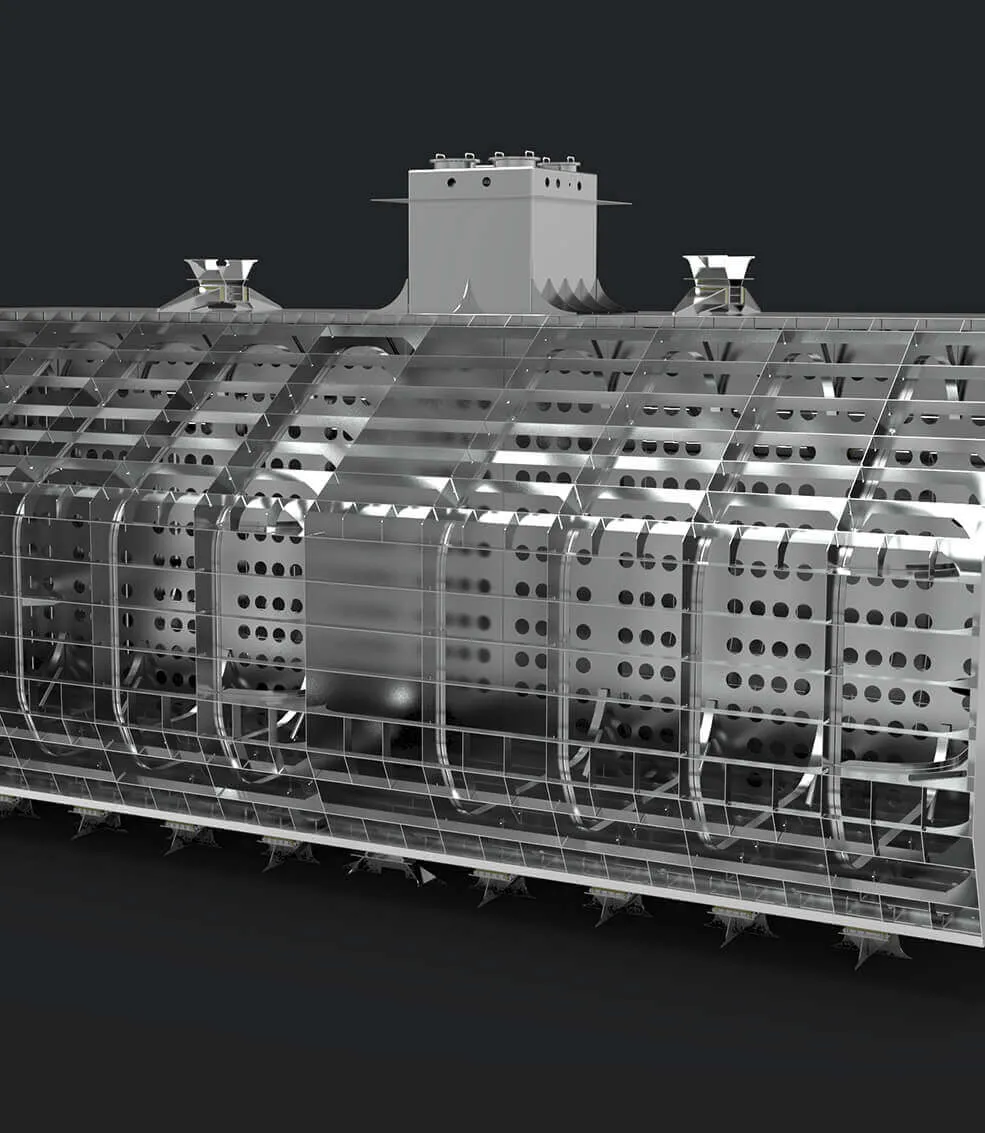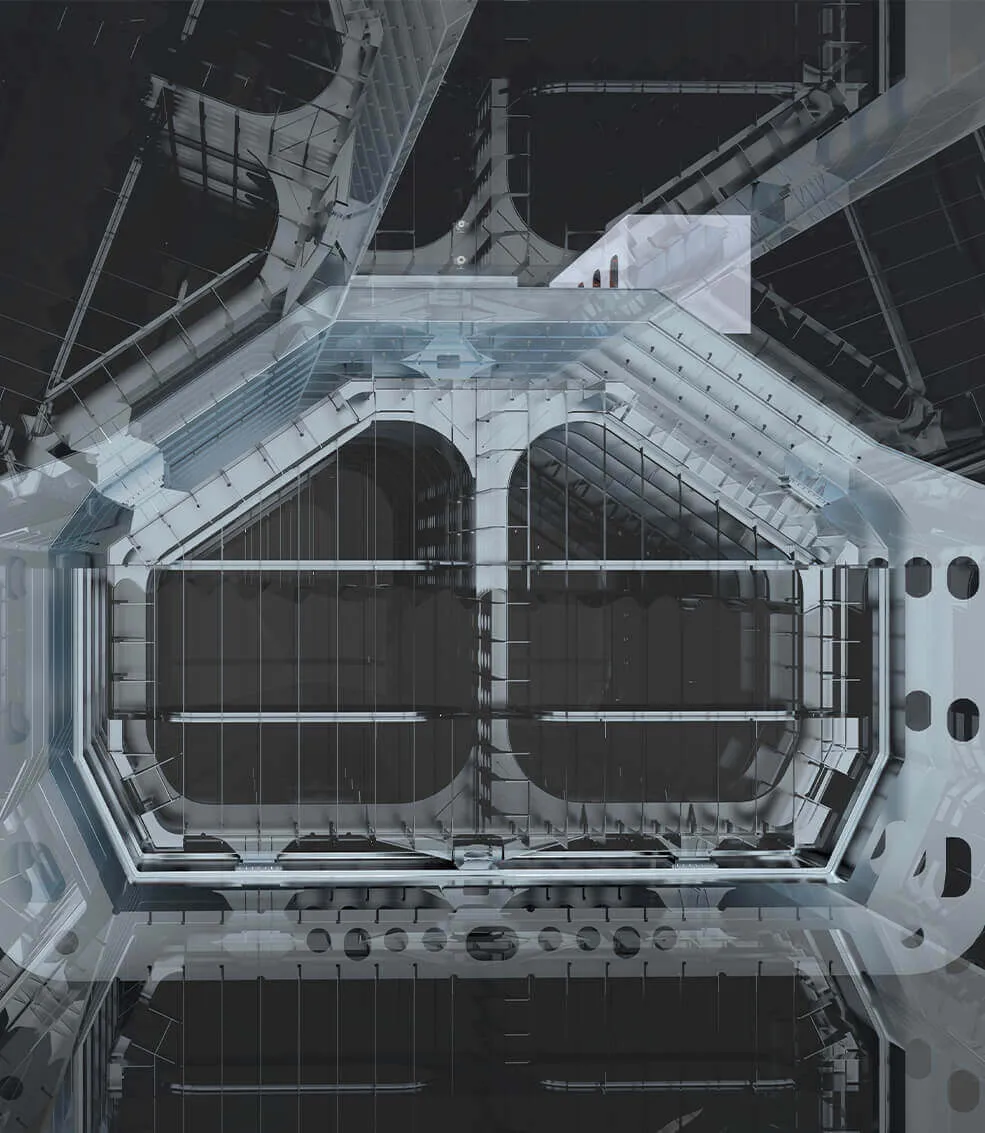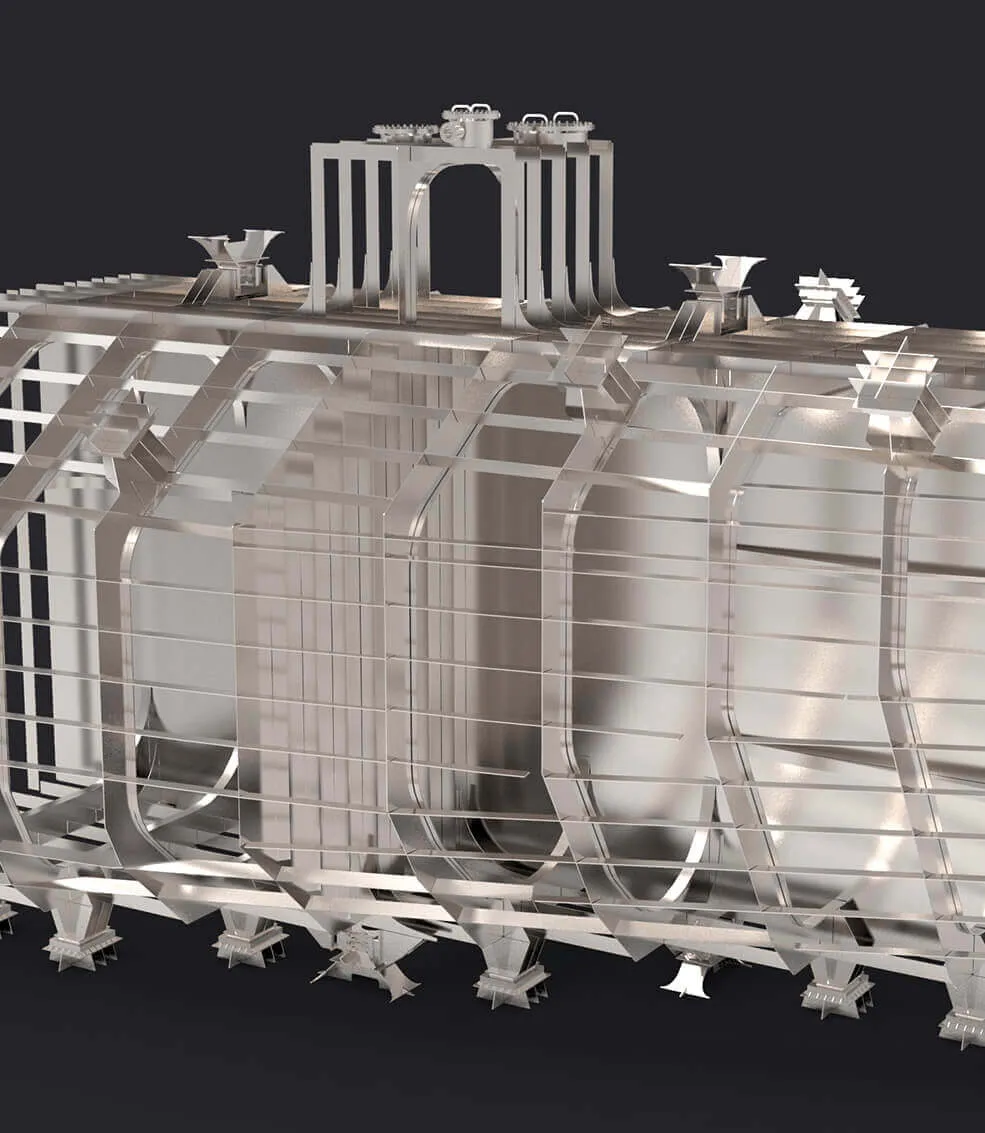LNG containment systems: Finding the way for Type A
Torgy LNG and DNV GL worked hard to find the optimal solution for a new IMO Type A containment system. High volume efficiency, full secondary barrier protection and anti-sloshing are just some advantages the new Type A tanks have over existing solutions.
IMO has defined three basic LNG tank types, in addition to membrane tanks. IMO Type A and Type B tanks are non-pressurized, with Type A employing a prismatic design and full secondary barrier, while Type B tanks have a spherical design with a partial secondary barrier. The Type A design employs longitudinal bulkheads, giving it superior anti-sloshing characteristics. Compared to IMO Type C pressurized tanks generally used on smaller vessels, Type A tanks boast 30-40 per cent greater volume efficiencies, an important feature given the additional space required for LNG as fuel compared to fuel oil.

Earning an A
Torgy started working with LNG in 2005, entering into cooperation with Rolls-Royce in 2008 for the design and production of LNG fuel tank systems, with testing of the Torgy IMO A LNG fuel tank and regasification system pilot plant successfully completed in 2011. Testing was conducted using a composite secondary barrier material to begin with.
“We got the initial General Approval for Ship Application (GASA) statement from DNV GL in 2013 with several comments, and spent some time trying to resolve outstanding issues, but eventually decided to switch from composite to steel for the secondary barrier,” says Sven Halvorsen, CEO of Torgy LNG. “We believed in the system, but test results convinced us to make the switch, and that has proved to be the right choice.” Work on the new solution commenced in 2015, and DNV GL issued a new certificate with the updated GASA statement for the revised design in March 2017.


Navigating transition to an upgraded design
When Torgy decided to switch to alternative materials for the secondary barrier solution in 2015, they worked very closely with DNV GL for final approval. “There was very good cooperation between us; they were constructive and solution oriented, but also uncompromising. I can honestly say we would never have made it without them.”
“We are very pleased to have been able to present Torgy LNG with the updated GASA statement,” says Johan Petter Tutturen, Business Director for Gas Carriers at DNV GL. “The development process has been ongoing for some time and we have cooperated very closely with the team at Torgy LNG to ensure that they have the input they need to meet the GASA requirements. Working with unconventional design solutions is always a rewarding challenge, as they force us to examine and apply our thinking in new ways so that we can be sure that they meet the safety levels set down in the DNV GL rules and other relevant regulations.”

A tank with benefits
“We have had good feedback in general on the system, and from at least two large container-ship owners,” Halvorsen reports. “They appreciate the sloshing barrier feature of the A tank. We are also working with a shipowner looking to use the system in a bunker ship. The A tank is well suited to bunkering, as it offers flexibility and safety together with significantly larger volumes than C tanks.”
There are significant CAPEX and OPEX advantages of using the A tank design for bunkering, Halvorsen says. “We can allow the owner to build a smaller ship at less expense, but with more volume than with a pressurized tank. There are also lower berthing expenses with smaller ships, lower harbour pilot charges, and less fuel consumption.”
“We see the market for our Type A tank as in between the larger membrane design generally used for LNG transport and the pressurized Type C solutions used on smaller vessels. The Type A allows owners to use LNG as a fuel for larger vessels,” says Halvorsen. “Container ships are a primary market, but also cruise ships, car carriers and other deep-sea carriers requiring a larger volume of fuel with tanks under deck.”

Emerging LNG markets
Halvorsen confirms that Torgy has had positive interest from several larger shipowners, primarily those who need an alternative to Type C and membrane solutions. “As a critical step in following up this interest, we are in cooperation with COSCO Shipyard Group to produce a demonstration model and define production parameters. This will give us the verification of the system that we need to begin to convince the first shipowners to install the system,” Halvorsen says.
Like many others, Torgy believed that LNG as a fuel would take off stronger and earlier than it has. “But regulatory drivers have taken hold now, and the transition is picking up speed. LNG infrastructure is also falling into place, so the ‘chicken and egg’ debate is over,” Halvorsen maintains. “The deep-sea market is coming on as well. I have to say that we are optimistic about current and future market development.”
